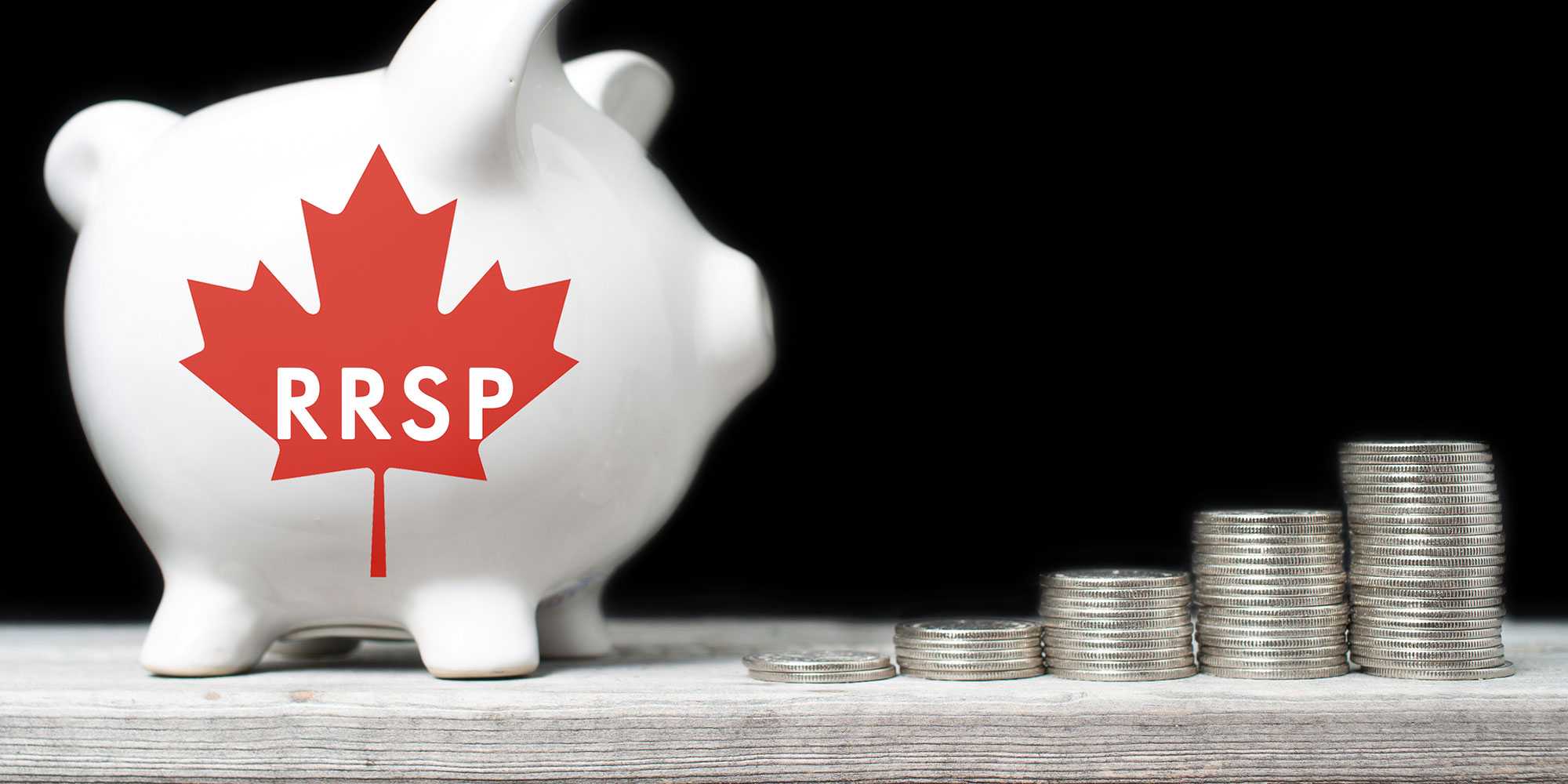BY: FAZAAD BACCHUS
RRSP is a registered retirement savings plan. It is not a pension neither is it an annuity. It is simply a savings plan that is registered, that accumulates money over a period of time. Why then are many people scared or worried when it comes to their RRSP. My belief is that there are misunderstandings when it comes to how an RRSP really works and in this article, I plan to shed some light on this.
The first misunderstanding is that the government will give you a tax break but will take it back when you are ready to retire. Let me explain how this works. Every month or year that you make a contribution, part of that contribution is paid for by the government according to your highest tax bracket. If for example, you are in the 46% tax bracket, every dollar you contribute to your RRSP, 46% is paid by the government by way of a tax refund. Further to this if you contribute $3,000 per year and you are in the 30% tax bracket then $900 is your refund, meaning that you contributed $2,100 out of your pocket.
Over a period of 30 years, imagine you saved $3,000 per year; you would have contributed a total of $90,000. And during those years imagine you earned an average of 5% interest your total investment would have grown to about approximately $200,000. However, out of your pocket, you would have contributed perhaps just about $63,000 due to the tax breaks you received. Suppose you didn’t use the RRSP to save, this would have been your situation: you would have contributed $63,000 out of pocket, and after 30 years this money would have grown to $139,000 using the same 5% interest as the above example. By using the RRSP you have just about $60,000 more in your investment, and so far so good.
Fast forward now to retirement day: it’s at this point many Canadians have a misunderstanding, they believe that the government is going to take back this $60,000 in the form of income taxes, but it doesn’t quite work like this. It’s now all dependent on your marginal tax rate or your highest tax bracket. If you have no company pension but only your CPP and OAS then you will be in the lower tax bracket and that means you will pay back a very small amount. It is expected that when you retire your income will drop to lower brackets which will ultimately result in you paying back a smaller amount than you received.
If you have built up an RRSP, you do not need to withdraw anything until age 71 when it becomes mandatory to convert to RRIF. In the RRIF you must make minimum withdrawals and anything that is left over if you pass away will pass to your spouse tax-free. There is one set back to saving in an RRSP in that it may affect you receiving any GIS or that some of it may be clawed back, however, GIS is a social assistance program and there is no telling if it will or be afforded to continue. Therefore, I urge you to save using the RRSP program and make use of the March deadline.

